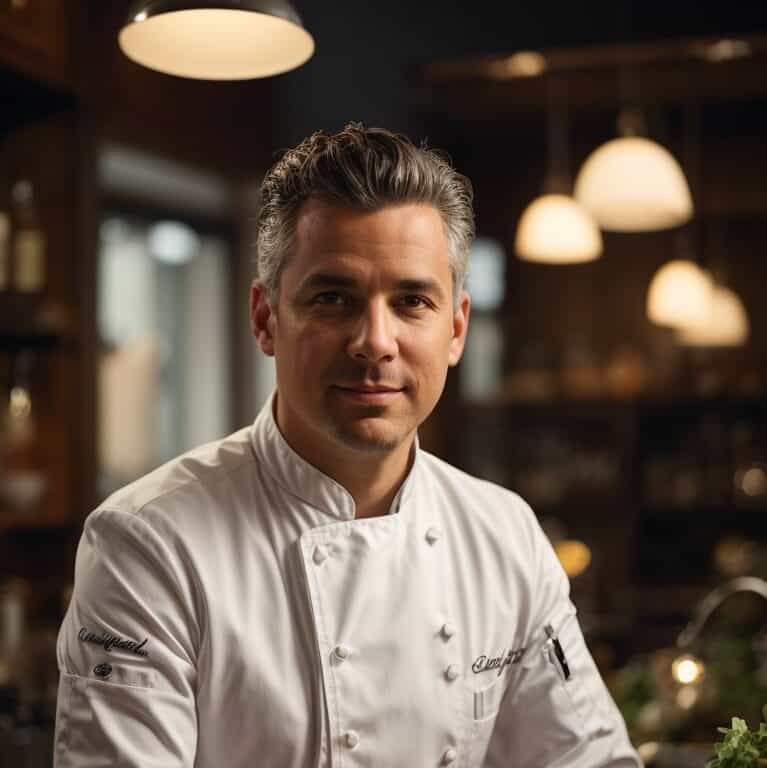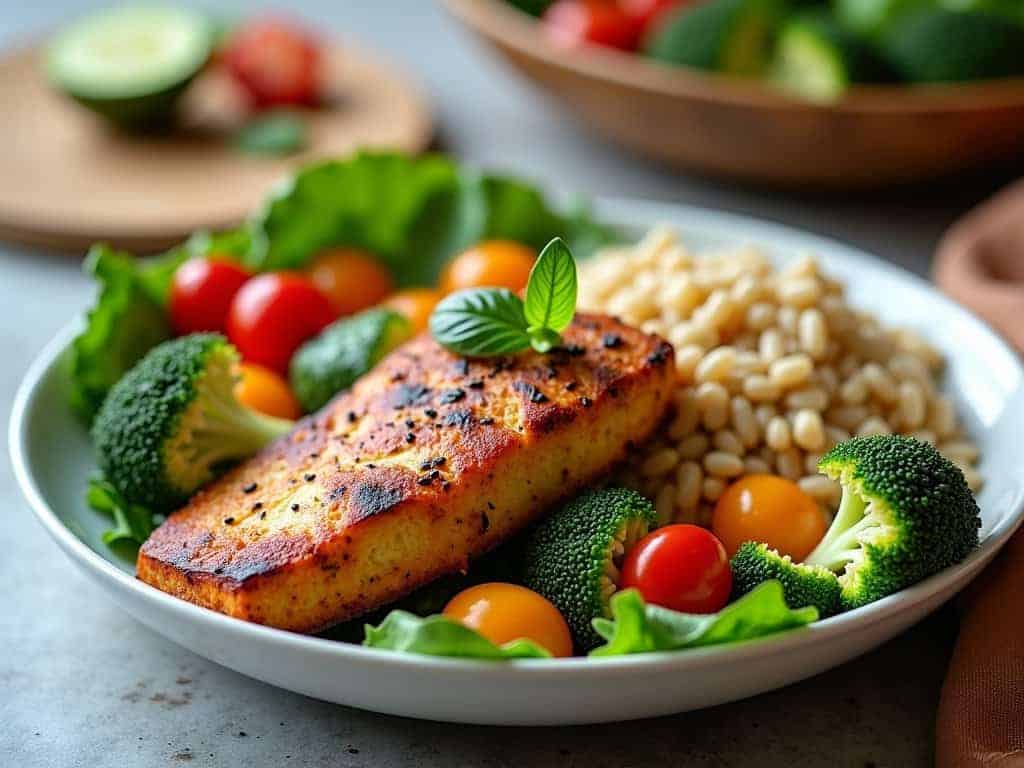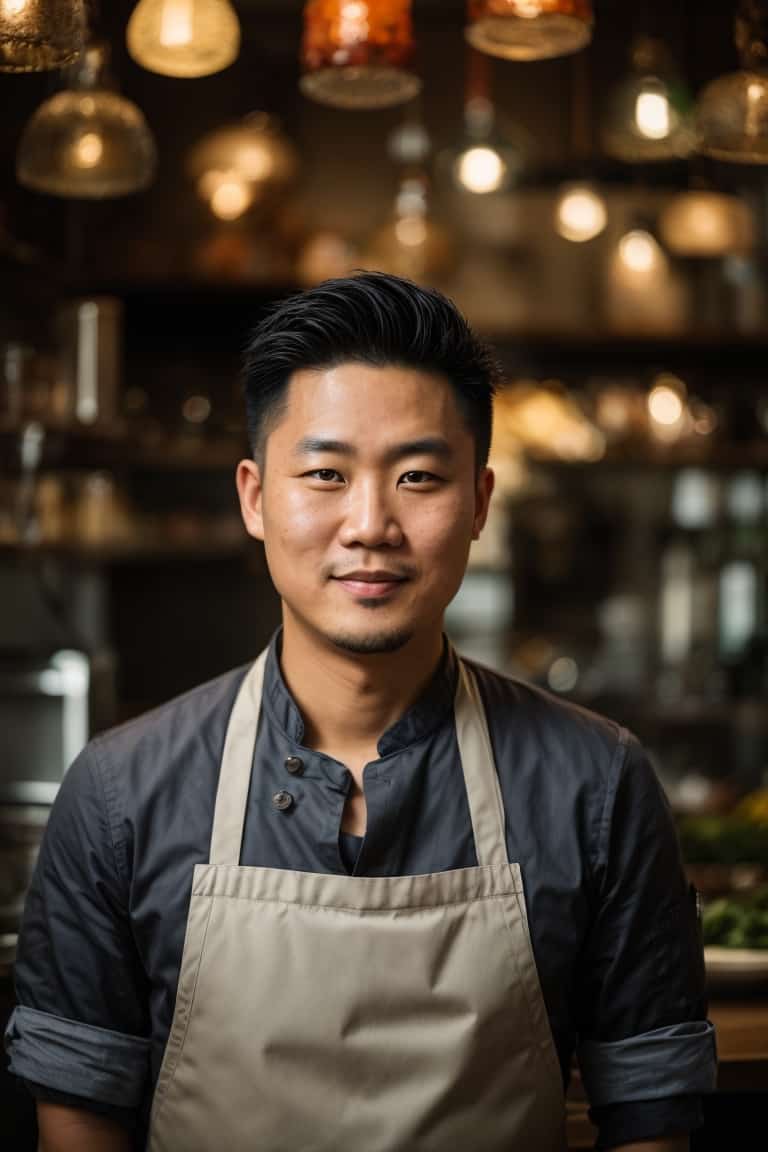There’s a fascinating and rewarding culinary technique called Umai curing that allows home cooks to achieve professional-quality cured meats in the comfort of their own kitchens. This ancient method, originating from Japan, involves dry curing meats using a unique membrane casing known as Umai bags. While the process may seem daunting at first, mastering the imperative techniques of Umai curing can open up a whole new world of flavors and possibilities for culinary enthusiasts.
Key Takeaways:
- Umai Curing Technique: Umai curing is a modern, safe technique that allows home cooks to easily cure meats using a specialized membrane bag.
- Flavor Versatility: Umai curing offers home cooks the opportunity to experiment with a wide range of flavors and seasonings to create unique and personalized cured meats.
- Convenience and Safety: Umai curing is a convenient and safe method for curing meats at home, providing consistent results without the need for special equipment or extensive knowledge.
Understanding Umai Curing
What Is Umai Curing?
It is important to understand the basics of Umai curing before stepping into the art of this traditional technique. Umai curing is a modern method of dry-aging meats using a specially designed membrane that allows for controlled drying and aging in a home refrigerator. This technique originated in Japan and has gained popularity among home cooks and food enthusiasts for its simplicity and effectiveness.

The Science Behind Umai Curing
Umai curing relies on a combination of controlled temperature, airflow, and time to transform raw meat into a flavorful and tender delicacy. The key to successful Umai curing lies in creating the ideal conditions for enzymes to break down proteins and fats, resulting in a more tender and flavorful end product. By using the Umai membrane, home cooks can safely replicate the traditional dry-aging process without the need for specialized equipment or dedicated aging chambers.
Understanding the science behind Umai curing is crucial for achieving safe and delicious results. The controlled environment created by the Umai membrane helps to prevent the growth of harmful bacteria while allowing beneficial enzymes to work their magic on the meat. This method provides a unique opportunity for home cooks to experiment with dry-aging techniques in a safe and convenient way, without compromising on flavor or quality.
Essential Umai Curing Ingredients
One of the most important aspects of Umai curing is selecting the right ingredients to achieve the desired flavor and texture in your cured fish or meat. Understanding the different types of fish and meat that are suitable for Umai curing is the first step in mastering this art.

Types of Fish and Meat for Umai Curing
One of the key factors to consider when choosing fish or meat for Umai curing is the fat content. Fatty fish such as salmon, mackerel, and tuna are ideal choices as the fat helps to enhance the flavor and texture during the curing process. For meats, pork tenderloin and beef tenderloin are popular options due to their lean yet tender qualities. Thy different fat content levels will affect the final flavor and texture of the cured product.
| Salmon | Mackerel |
| Tuna | Pork Tenderloin |
| Beef Tenderloin |
Thou, it is vital to choose fresh, high-quality ingredients as the base for your Umai curing to ensure the best results.
Salts, Sugars, and Seasonings
Seasonings play a crucial role in Umai curing, as they help to enhance the flavors and aroma of the cured fish or meat. The combination of salt, sugar, and various spices or herbs can create a unique and delicious final product.
Salts not only act as a flavor enhancer but also as a preservative by drawing out moisture from the fish or meat. It is important to use the correct amount of salt to avoid spoilage or an overly salty taste in the final product. Additionally, salts help to inhibit the growth of harmful bacteria during the curing process, ensuring a safe end product.
Preparing for Umai Curing at Home
The Importance of Freshness
Once again, let’s examine the world of Umai curing. In the context of Umai curing at home, one of the most crucial aspects to consider is the freshness of the meat you are using. Freshness is key in ensuring the success of your curing process. It is recommended to use high-quality, fresh meat to achieve the best results. Make sure to source your meat from reputable suppliers and always check the expiry date before starting the curing process.
Cleaning and Pre-Curing Techniques
Umai curing involves precise techniques to ensure the safety and quality of the final product. Before you begin the curing process, it is crucial to clean and sanitize all your equipment thoroughly. This includes knives, cutting boards, and any other tools you will be using during the process. Additionally, pre-curing techniques such as trimming excess fat from the meat can help enhance the curing process and improve the texture of the final product.
Home curing can be a rewarding experience when done correctly, but it is important to pay attention to food safety guidelines throughout the process. Always follow proper curing protocols to avoid any risks of contamination. By taking the necessary precautions and following the steps carefully, you can enjoy the art of Umai curing from the comfort of your home.

Basic Umai Curing Techniques
Dry Curing Methods
Not to be underestimated, dry curing is a traditional method of preserving meat that involves coating the meat with a mixture of salt, sugar, and spices. This process draws out moisture from the meat, concentrating flavors and creating an inhospitable environment for bacteria to thrive.
Wet Curing and Brining Essentials
For wet curing and brining, the meat is submerged in a salty solution, often with added herbs and spices. This method allows for deeper penetration of flavors and helps to tenderize tougher cuts of meat. It is crucial to follow the recommended curing times and concentrations to avoid the risk of foodborne illnesses.
Techniques
A crucial step in wet curing is to ensure that the meat is fully submerged in the brine solution to achieve even flavor distribution. Properly brined meat will result in a juicier and more flavorful end product.

Advanced Umai Curing Methods
Many home cooks who have mastered the art of basic Umai curing may be eager to research into more advanced techniques to elevate their charcuterie game. Here are some crucial methods to take your Umai curing skills to the next level:
Techniques for Flavor Enhancement
| Method | Description |
| Dry Rubs | Coating the meat with a mixture of herbs, spices, and seasoning to enhance flavor. |
| Wet Brining | Soaking the meat in a seasoned saltwater solution to infuse flavors and moisture. |
Curing meats using Umai bags opens up a world of possibilities for flavor enhancement. Dry rubs and wet brining are two popular techniques that can take your cured meats to the next level. Dry rubs involve coating the meat with a mixture of herbs, spices, and seasonings before placing it in the Umai bag. This method allows the flavors to penetrate the meat and develop over time. On the other hand, wet brining involves soaking the meat in a seasoned saltwater solution to infuse flavors and moisture deep into the meat fibers.
Preservation and Fermentation Processes
With advanced Umai curing methods, home cooks can explore preservation and fermentation processes to create unique and flavorful cured meats. Preservation techniques involve using salt, sugar, and curing agents to extend the shelf life of the meat while enhancing its flavor. Fermentation processes introduce beneficial bacteria that help develop complex flavors and textures in the cured meats.
Another important aspect of preservation and fermentation processes is maintaining proper temperature and humidity levels throughout the curing process. Failure to control these factors could lead to spoilage or unsafe consumption of the cured meats. However, when done correctly, these processes can elevate the taste and quality of your homemade charcuterie.

Serving and Savoring Umai-Cured Delights
Keep in mind that serving and savoring Umai-cured delights is an art in itself. The way you present and enjoy these cured delicacies can enhance the overall experience of enjoying them. Let’s explore some crucial tips and techniques to make the most of your Umai-cured creations.
Umai-Cured Recipes for Beginners
UmaiCured If you are new to the art of Umai curing, it’s best to start with simple recipes to get a feel for the process. Begin with classic recipes like Umai-cured salmon or beef. These recipes typically involve basic ingredients like salt, sugar, and your choice of herbs and spices. The key is to follow the curing instructions carefully and allow enough time for the flavors to develop. As you gain more confidence, you can experiment with different types of fish, meats, and seasonings to create your unique Umai-cured masterpieces.
Creative Serving Suggestions
An ideal way to savor your Umai-cured delights is by serving them on a wooden platter lined with artisanal crackers, pickled vegetables, or mustard. This not only adds a visually appealing touch but also complements the flavors of the cured meats or fish. Another creative idea is to create a charcuterie board featuring an array of Umai-cured offerings paired with various cheeses, fruits, and nuts. This allows your guests to sample a variety of flavors and textures, enhancing their overall tasting experience.
Suggestions: For a more immersive experience, consider pairing your Umai-cured delicacies with fine wines, craft beers or cocktails that will elevate the flavors and create a well-rounded tasting experience. Remember to serve the Umai-cured delights at room temperature to allow the flavors to fully blossom, and encourage your guests to savor each bite slowly to appreciate the intricate flavors and textures.
Safety First: Best Practices in Umai Curing
Now that you are delving into the art of Umai curing, it’s crucial to prioritize safety in your culinary ventures. Understanding the risks associated with curing meats and implementing preventative measures is key to ensuring a successful and safe curing process.
Understanding Risks and Preventative Measures
An crucial aspect of Umai curing is understanding the potential risks involved in the process. One of the primary concerns is the growth of harmful bacteria such as listeria and botulism, which thrive in environments with inadequate temperature control and hygiene practices. To mitigate these risks, it is crucial to maintain a clean and sanitized workspace, carefully follow curing recipes, and adhere to recommended curing times and temperatures.
Storage and Handling of Umai-Cured Foods
One key aspect of ensuring the safety of Umai-cured foods is proper storage and handling practices. Storage of Umai-cured meats should be done in a controlled environment, such as a refrigerator set at the recommended temperature for curing. Handling of cured meats should be done with clean hands and utensils to prevent contamination. By following strict storage and handling guidelines, you can enjoy the delicious results of your Umai curing endeavors without compromising your health.
Summing up
With this in mind, “Discovering The Art Of Umai Curing – Essential Techniques For Home Cooks” provides a comprehensive introduction to the traditional Japanese method of dry-aging meats at home. The book covers the important techniques and equipment needed to successfully cure meats using Umai bags, making it accessible for home cooks of all skill levels.
By exploring the history and benefits of Umai curing, as well as providing step-by-step instructions and delicious recipes, this book is a valuable resource for anyone looking to experiment with a new culinary technique. Whether you’re a seasoned chef or a novice cook, “Discovering The Art Of Umai Curing” is a must-have guide for anyone interested in elevating their home cooking skills.
FAQ
Q: What is Umai Curing?
A: Umai Curing is a modern technique for dry-aging and curing meats at home using a special membrane that allows for the process to occur in a regular refrigerator.
Q: What equipment do I need for Umai Curing?
A: You will need a vacuum sealer, Umai Dry bags, a refrigerator, and the meat you wish to cure.
Q: How long does the Umai Curing process take?
A: The time needed for Umai Curing depends on the type of meat and the desired level of flavor and tenderness. It can range from a few weeks to several months.
Q: Is Umai Curing safe?
A: When done correctly following proper food safety guidelines, Umai Curing is a safe method for curing meats at home.
Q: What are the benefits of Umai Curing?
A: Umai Curing allows home cooks to create cured meats with complex flavors and tender textures that are typically only found in specialty shops or high-end restaurants.






